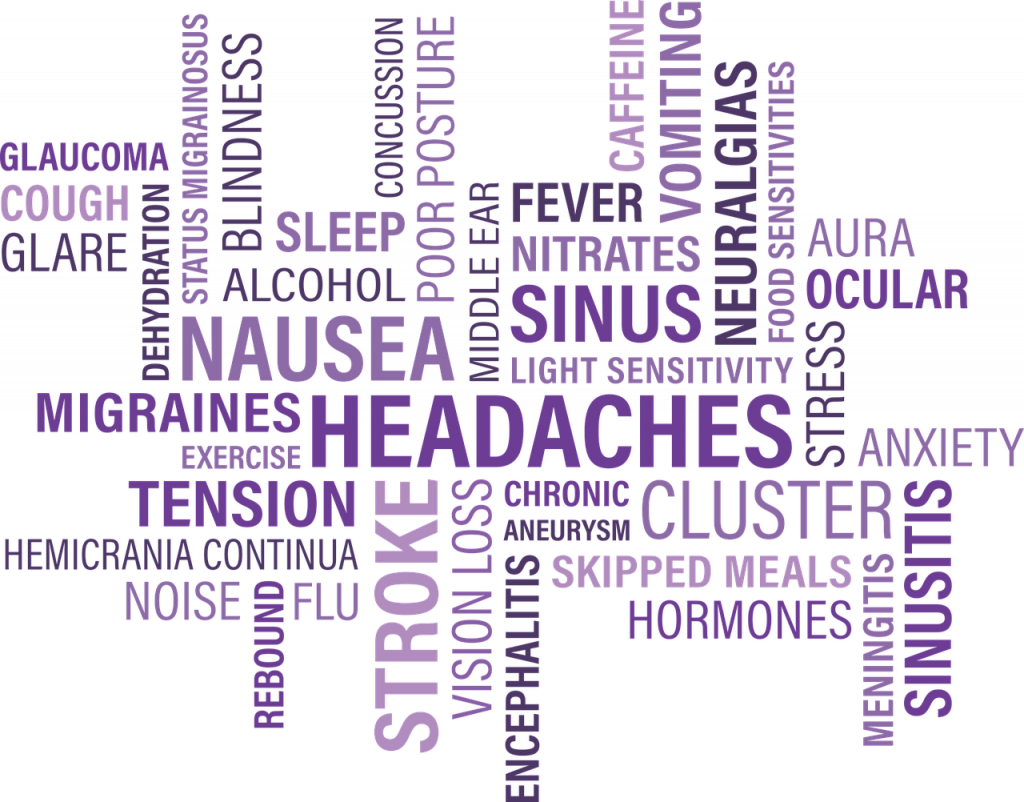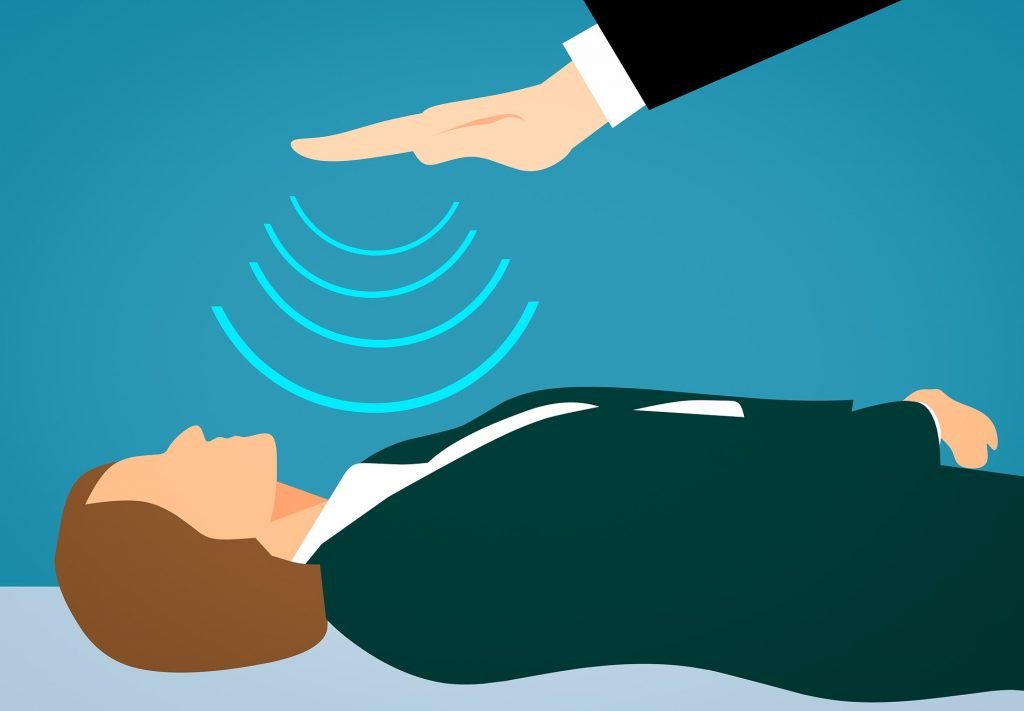Alternative medicine or Complementary medicine, as it is commonly called, includes a range of treatments that are not part of the system of treatments known in traditional medicine. Most of the treatments that fall within this area come from Asia, from countries like China, India, Africa, and the Americas. Alternative medicine integrates medicinal herbs, touch, and others into its therapeutic methods.
At the beginning of this article, it is better to make a distinction between the following:
Although the distinction between traditional and alternative medicine is not always easy to identify, there is a fundamental philosophical difference between them. Traditional medicine generally defines health as the absence of disease or dysfunction. It claims that the main causes of disease and dysfunctions are usually isolated factors, such as bacteria, viruses, biochemical imbalances, aging, etc. and treatment often involves medications or surgery.

In contrast, alternative medicine practices often define health holistically, i.e. by balancing the physical, emotional, and spiritual systems that make the whole person. The dissonance between these systems is believed to cause disease. Treatments involve strengthening the body’s own defenses and restoring the balance between these systems.
In recent years, medical centers and hospitals in many different countries have set up alternative medicine clinics to treat patients with various diseases. Health insurance also covers this area and offers treatments in privacy settings. Examples of these treatments are acupuncture, reflexology, homeopathy, cupping, and chiropractic.
Various statistics have shown that about 30% of people use alternative treatments. In many cases, treatment integrates physical and psychological compounds. The belief that the source of various diseases is not only physical but psychological as well is one of the reasons why these treatments are used. Other reasons may be the lack of success of traditional medicine and the use of alternative treatment as a supportive treatment for traditional medicine.
This domain may expand in the future, but it is recommended to consult your doctor before using any type of these treatments. Furthermore, it is important to inform the therapist about the diseases and medications you are taking, so that he can take all precautions and choose the appropriate therapy for you as a person.
Do you know that Americans are now making visits to alternative medicine practitioners more than to traditional doctors? This is, perhaps, due to the following reasons:
This is justified by the increasing number of patients in Western countries in general and the USA, in particular, who explore alternative medicine as part of Medicare. In 1997, Americans have made more than 629 million visits to alternative medicine practitioners (47%). This number significantly exceeds the 386 million visits to all traditional doctors in the same year. In 2007, 38% of Americans aged 18 or over, used some form of alternative medicine. Cases, in which people are likely to seek alternative medicine treatments, include:

In addition, many patients with life-threatening diseases, such as cancer, seek alternative treatments when traditional treatment offers little hope, especially at the end of life.
In 1992, an office of alternative medicine was created within the National Institutes of Health (NIH). Its main job was to examine the effectiveness and safety of alternative treatments. In 1999, it became the National Centre for Complementary and Alternative Medicine.
The effectiveness of alternative treatments is important to consider. Some treatments have shown their effectiveness in specific cases, although they are being applied more widely. Many forms of alternative medicine have not undergone careful scientific evaluation.
However, the lack of scientific studies does not mean that the treatments are ineffective. A large number of alternative treatments have been practiced for thousands of years. They include acupuncture, meditation, yoga, therapeutic diets, massages, and herbal medicines. However, it seems to be difficult to carry out research about these types of therapies because of the following reasons:
An example of this is acupuncture. Medical researchers often have little scientific interest in acupuncture, because their theory relies on unscientific concepts such as bioenergy. In addition, commercial research funds are also limited, because acupuncture cannot be patented.
As a result, researchers feel disinterested, as there is no profit that can motivate them. Government research funds are also limited since the scientific community remains skeptical of acupuncture theory and the validity of its method.
Besides, it is difficult to apply traditional research methods to complementary and alternative medicine. This is due to many reasons, including:
Safety is another important consideration although some complementary and alternative medicine treatments can have risky side effects. The greatest risk occurs when a person is treated with complementary and alternative medicine that is not proven rather than the traditional proven medical method.
Yet, some complementary and alternative medicine treatments are clearly safe. Examples of this are using meditation to treat pain, acupuncture to treat nausea, yoga to improve balance, or ginger tea to help digestion. Others may be harmful, but food and drug administrations should provide full support for these practices to regulate and improve them and make them effective.
Some risks can generally include:
There are different types of alternative medicine; most of which are:
Art therapy is a type of non-traditional therapy that relies on artistic expression through painting as a means of treatment. On the one hand, it is considered curative. On the other hand, it improves the lifestyle in general and has a major role in the treatment of several mental illnesses.
The use of fresh fruit and vegetable juices is one of the oldest things that natural medicine therapists did in order to treat several diseases. The most important of which are skin diseases, asthma, diabetes, and bile.
It is a combination of science and art. Massage movements improve blood access to tissues and reduce muscle tension, stiffness, and pain. They also increase their motor flexibility. In addition, they are useful in treating lower back pain, headaches, and some respiratory diseases.
Swimming, in general, is very important and has great benefits in terms of muscle strengthening, growth, and flexibility. It has helped people with various injuries to rehabilitate. It has, over time, played an important role in treating muscle pain and increasing its mobility.
Adherents of this principle believe that food is not only important in providing the body with its nutrient needs, but it can also play an important role in treating certain diseases and maintaining the health of the body. As they say, our food is our treatment and our treatment is our food. They believe that this principle helps in the treatment of chronic fatigue, loss of energy, insomnia, and some skin problems.
Natural substances such as herbs, foods, vitamins, and other supplements are not recognized to treat very serious diseases such as cancer (shark cartilage, as an example).
It is based on the movement of certain parts of the body with the aim of achieving a therapeutic result, including physiotherapy, and spinal orthodontic treatment.
Energy Therapy includes the use of certain energy fields in treatment, including the natural energy field, by manipulating energy that is believed to surround the body through physical or other movements known as ReiKi and Qigong techniques, as well as the electromagnetic field through the use of electromagnetic pulses.
It is a set of inherited medical rules or beliefs that rely on the principle of body energy called (Qi) and pronounce “Tshi”. It is claimed that this energy moves through the body on different levels referred to as meridians. Therefore, any loss of balance in the validity of this energy leads to the emergence of the disease. Chinese doctors have practiced these medical techniques in China for thousands of years. These techniques have recently begun to gain great popularity among the countries of the Western world.
There is a common belief that as long as the product is natural it is safe. This belief is certainly baseless as there are many deadly toxic plants. Besides, there are some plants where toxins are indirect and gradually work on the liver or kidneys, which eventually leads to their complete functional failure
This belief is also a major mistake, as many herbs interfere and interact with the medications taken by the patient, causing an imbalance of the drug in the blood and its therapeutic effect. An example of this is grapefruit, which was discovered to lead not only to a disruption in the body’s interaction with certain medications but to changes in these medications’ rates in the blood compared to their rates required ratios.

This belief may be based on the simple logic that as long as I can get these herbs without a prescription, this is not dangerous and the doctor does not need to know about it. But the truth is that as long as the herbs interfere with their effect on medications, the doctor should know about any herbs you take. The doctor may forget to ask the patient what additional medications he is taking, but if that is the case, the patient should remind him of that.
Because herbs and preparations are spent without prescriptions, pharmacists may be the last chance to ensure the patient and review the medications he takes, and the effect of the herbs he uses on these medications. So there is no harm to the patient in asking the pharmacist about any possible risks or interferences between these herbs and the medications he intends to buy.
To understand this misconception, we should know that drugs worldwide need the approval of reliable entities such as the U.S. Food and Drug Administration. Besides, these drugs cannot get approval to be marketed worldwide only after they undergo a long series of tests and research. Alternative medicine products are not subject to this same strict level of control.
This is an overgeneralization about alternative medicine products since, although they have not been subjected to scientific research, many of them have proved useful in some functions of the body. This is to know that alternative medicine is not wrong along the way, but its problem is that manufacturers do not carry out rigorous scientific research and studies to prove the efficiency of their products.
The believers in this misconception ignore the fact that many of the drugs currently used are originally extracted from natural plants.
In sum, the problem with alternative medicine products is not in using them to cure diseases and health problems, but in the fact that they do not undergo accurate scientific research to demonstrate their benefits and risks and prove their effectiveness to the international scientific community. We should not forget that these products are extracted from natural herbs, the same as most traditional medications.
Leave a comment